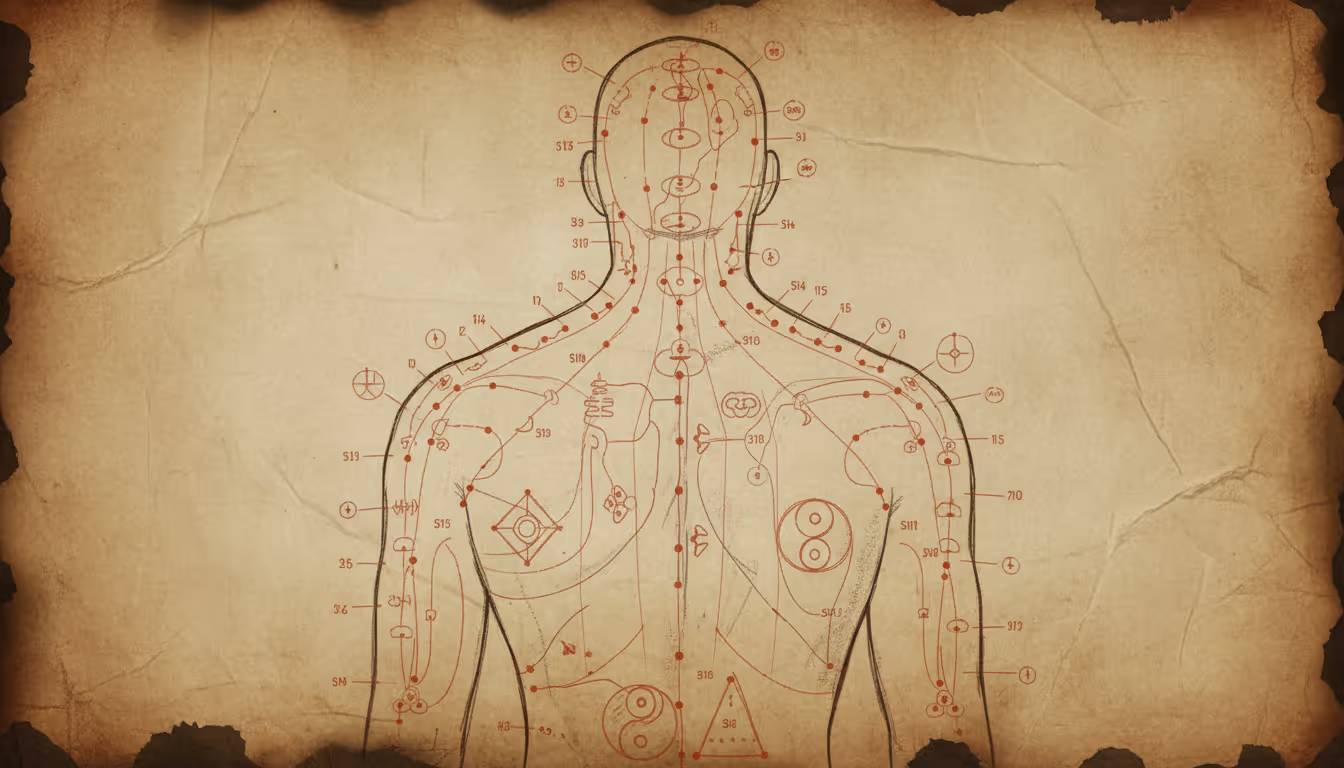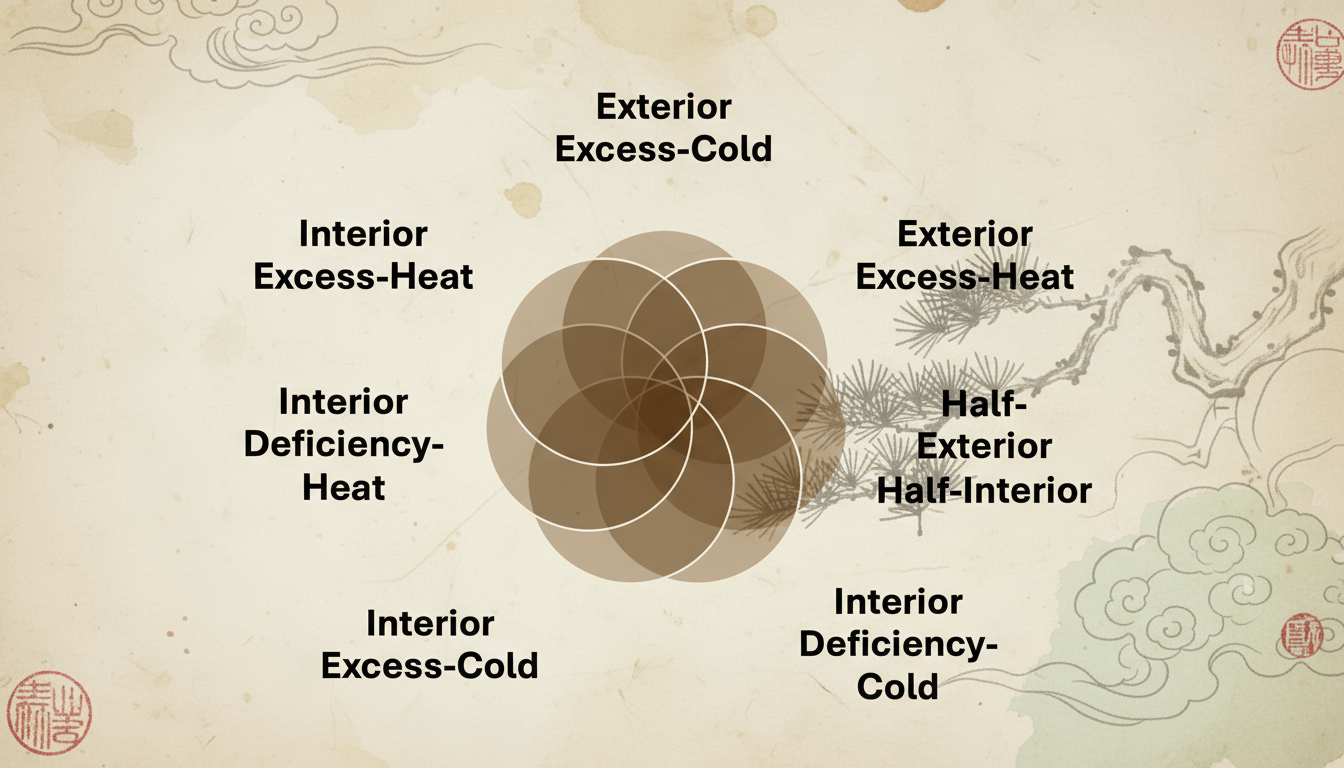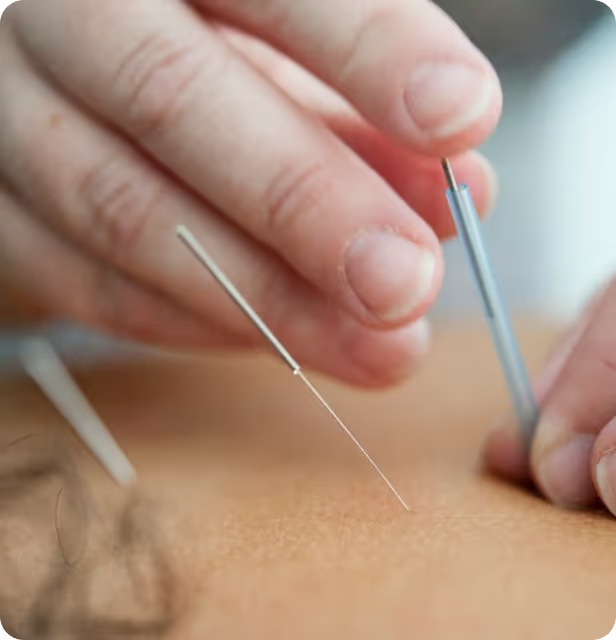If you're one of the millions of Americans living with chronic pain, you know the story all too well. It might be a nagging ache in your lower back, relentless tension headaches, or widespread pain that defies a simple explanation. You've likely seen specialists, had tests run, and been told that everything looks "normal," yet the pain remains. It's a frustrating and isolating experience that can leave you feeling like your body is a puzzle with missing pieces.
What if there was a different way to look at that puzzle? A system of medicine that has spent thousands of years creating a detailed map of the body's interconnected systems? This is the profound perspective of Traditional Chinese Medicine (TCM). Instead of focusing solely on the location of your pain, TCM uses a sophisticated method to identify your body's unique "pattern of disharmony." It's a holistic approach that connects the dots between your pain, your energy levels, your digestion, and even your emotions to uncover the root cause of your suffering.
What is Pattern Identification in TCM?
In TCM, getting to the bottom of a health issue is like being a detective. The main goal isn't just to name the condition (like "migraines" or "fibromyalgia") but to understand the underlying imbalance that's causing it. This is called Pattern Identification, and it's the cornerstone of creating a truly personalized and effective treatment plan.
Think of your body like a complex organization. If one department isn't functioning well, it doesn't just affect that single department; it creates ripple effects throughout the entire company. Pattern Identification According to the Internal Organs is the method TCM practitioners use to figure out which "department" is struggling and how it's impacting the whole system. Your chronic pain might be the most obvious signal, but it's rarely the whole story.
How Internal Organ Patterns Relate to Your Chronic Pain
In TCM, the "Internal Organs" are more than just physical structures; they are complex functional systems with specific jobs. When one of these systems is out of balance, it can manifest as pain and other symptoms that might seem unrelated at first glance. Let's explore a few key Internal Organ Patterns that are often linked to chronic pain.
The Liver: The Body's Project Manager
In TCM, the Liver system is responsible for ensuring the smooth flow of Qi (vital energy) and Blood throughout the body. Think of it as the body's project manager, keeping everything moving on schedule and without obstruction.
- When it's out of balance: When the Liver's function is impaired, often due to stress or emotional frustration, this smooth flow becomes stuck. This is known as Liver Qi Stagnation.
- How it feels: This "traffic jam" of energy can cause distending, moving, or sharp pain. It's the classic pattern behind tension headaches, rib-side pain, irritability, frequent sighing, and PMS symptoms like cramping and mood swings. For many, chronic neck and shoulder tension that worsens with stress is a clear sign of this pattern.
The Spleen: The Body's Power Plant
The Spleen system is the central hub of digestion. Its job is to "transform and transport" the food you eat into the Qi and Blood that your body needs for energy and nourishment. It's like the power plant of your entire system.
- When it's out of balance: If the Spleen is weak (Spleen Qi Deficiency), it can't efficiently generate energy. This often leads to an accumulation of "dampness"—a concept that can be understood as a kind of internal sluggishness or boggy fluid.
- How it feels: This pattern is the root of the deep fatigue that so often accompanies chronic pain. The pain itself may feel dull, heavy, and achy, as if your limbs are weighed down. Other common signs include bloating after meals, loose stools, poor appetite, and brain fog.
The Kidney: The Body's Deep-Cycle Battery
The Kidney system is considered the foundation of all energy in the body. It stores our deepest reserves of vitality, known as Essence. Think of the Kidneys as your body's deep-cycle battery—the source of your constitutional strength and resilience.
- When it's out of balance: Chronic illness, long-term stress, and simply the process of aging can deplete these deep reserves, leading to a Kidney Deficiency pattern.
- How it feels: This is the classic pattern behind chronic lower back pain. The pain is often a deep, dull ache that feels better with rest and worse with overexertion. It can also manifest as weak or painful knees, low energy, and issues related to reproductive or urinary health.
A Patient's Journey: Real-World Examples
These patterns are not just abstract theories; they show up in real people every day.
Meet Sarah: The Graphic Designer with Migraines
Sarah, a 40-year-old graphic designer, came to the clinic with a 15-year history of migraines. The pain was a sharp, stabbing sensation behind her right eye, and it always got worse during stressful project deadlines. She also mentioned feeling irritable, having tense shoulders, and experiencing painful periods.
- The Pattern: Her practitioner identified a classic Liver Qi Stagnation pattern. The high-pressure nature of her job was causing her body's "project manager" to get stuck, creating a bottleneck of energy and blood flow to her head.
- The Approach: Her treatment focused on "smoothing the Liver Qi" with acupuncture points designed to get things moving again. She was also given lifestyle advice to take short walks during the day and practice deep breathing to manage stress. Over time, the intensity and frequency of her migraines significantly decreased.
Consider Tom: The Retired Construction Worker
Tom, 62, struggled with chronic, aching pain in his lower back and knees. It had been getting worse for years, and he found that cold, damp mornings were the worst. He felt a constant sense of exhaustion that no amount of sleep could fix.
- The Pattern: A detailed intake revealed a Kidney Yang Deficiency pattern. His years of physical labor had depleted his body's "deep-cycle battery." The "Yang" aspect, which relates to warmth and activity, was particularly low, which is why his pain was worse in the cold and accompanied by fatigue.
- The Approach: Tom's treatment plan included acupuncture and moxibustion (a warming therapy) on points related to the Kidney system. He was also given a gentle herbal formula to help "tonify Kidney Yang" and rebuild his foundational energy. He began to feel a deep sense of warmth return to his lower back and a noticeable improvement in his energy and pain levels.
A New Map for Your Health
Your body is constantly communicating. Chronic pain is not a random malfunction; it is a meaningful signal. Traditional Chinese Medicine provides a framework to interpret that signal in the context of your entire being. By using TCM diagnostics to identify your unique Internal Organ Pattern, a practitioner can help you understand the root cause of your pain and create a path toward true, holistic health.
If you're curious about your own unique pattern, consider speaking with a licensed acupuncturist or TCM practitioner.









